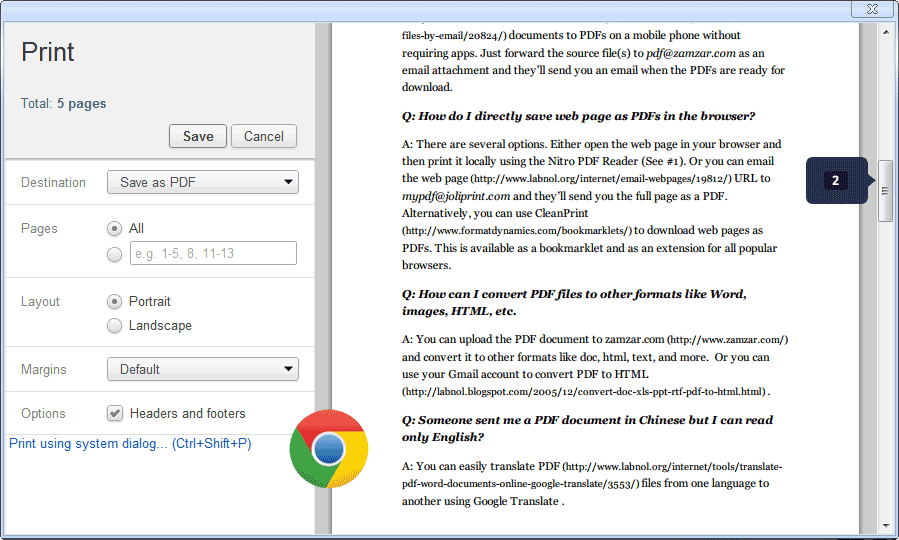

- Create app of webpage for mac that uses chrome install#
- Create app of webpage for mac that uses chrome update#
You'll be able to see the current version and whether or not it is up to date:
Scroll down to the Firefox Updates section. From that same menu, select Preferences from the options:. You can then use the - and + icons to decrease/increase the zoom level: This will allow you to see the current Zoom level. Open Firefox and open the menu in the top-right corner. Create app of webpage for mac that uses chrome update#
Update the Override software rendering list to enabled. This should be near the top of the list: Alternatively, you can search for WebGL related flags and update this to Enabled. If WebGL isn't currently enabled, you can head to your Chrome Flags settings in your browser: chrome://flags/
In the System section, enable Use hardware acceleration when available. Scroll down and click on the Advanced link to expand the settings. This will ensure your files are displayed accurately at higher resolutions. In the Appearance section, ensure your Page zoom is set to 100%. Windows: Go to File > Preferences or click the vertical ellipses in the top right corner and choose Settings. Since this demo extension is already kind of ridiculous, I’m going to replace all the images on the blog with cats.MacOS: Go to Chrome Preferences in the menu bar, or using the Command + , shortcut. You could probably get around this using a more specific selector, but for demonstration purposes I’ll leave it at that.Ĭontent.js Now for the javascript file that gets loaded on the blog. Note #2: I’m using !important here to override the existing pages CSS. Note: Here I am loading the background image from giphy, but it’s entirely possible to load from the extension itself using the web_accessible_resources field of the manifest and this tip from StackOverflow. Since the GIF has a dark background, I set a background colour and inverted the main content areas. I changed the background to a GIF of a unicorn floating through space. This folder needs to contain a few files. So, the first thing to do is to create a folder to hold the chrome extension. Cross-browser compatibility is a valid concern which Userscripts solve ( kind of) but so far, as we are primarily creating demos, targeting only Chrome has not been an issue for us. With Chrome, it’s as simple as clicking a button. Create app of webpage for mac that uses chrome install#
Then you’d need to get them to install the userscript. With Userscripts you’d first need to get the user to install a userscript manager.

The main reasons for using a Chrome extension are ease of installation and ease of updating. Side note: You may be thinking “Why not just use Userscripts?” which is a good question. In this blog post, I will create a Chrome extension that modifies this blog to set a custom background and to modify the HTML.

There are, however, many other applications for this type of extension, such as modifying the styling of a website, hiding an annoying element, auto-populating a form, or clicking something on page load. An example is our Wikipedia similar page Chrome extension. We often use extensions to insert recommendations into websites that don’t currently benefit from Lateral recommendations.
It allows one to visualise a demo or feature as if it were in production. The extension shares assets with the page, so matching styling is easy. No access is required to the websites source files. A technique we use to visualise how Lateral recommendations would look and work on a website is to create a Chrome extension that inserts the recommendations at load time.







 0 kommentar(er)
0 kommentar(er)
